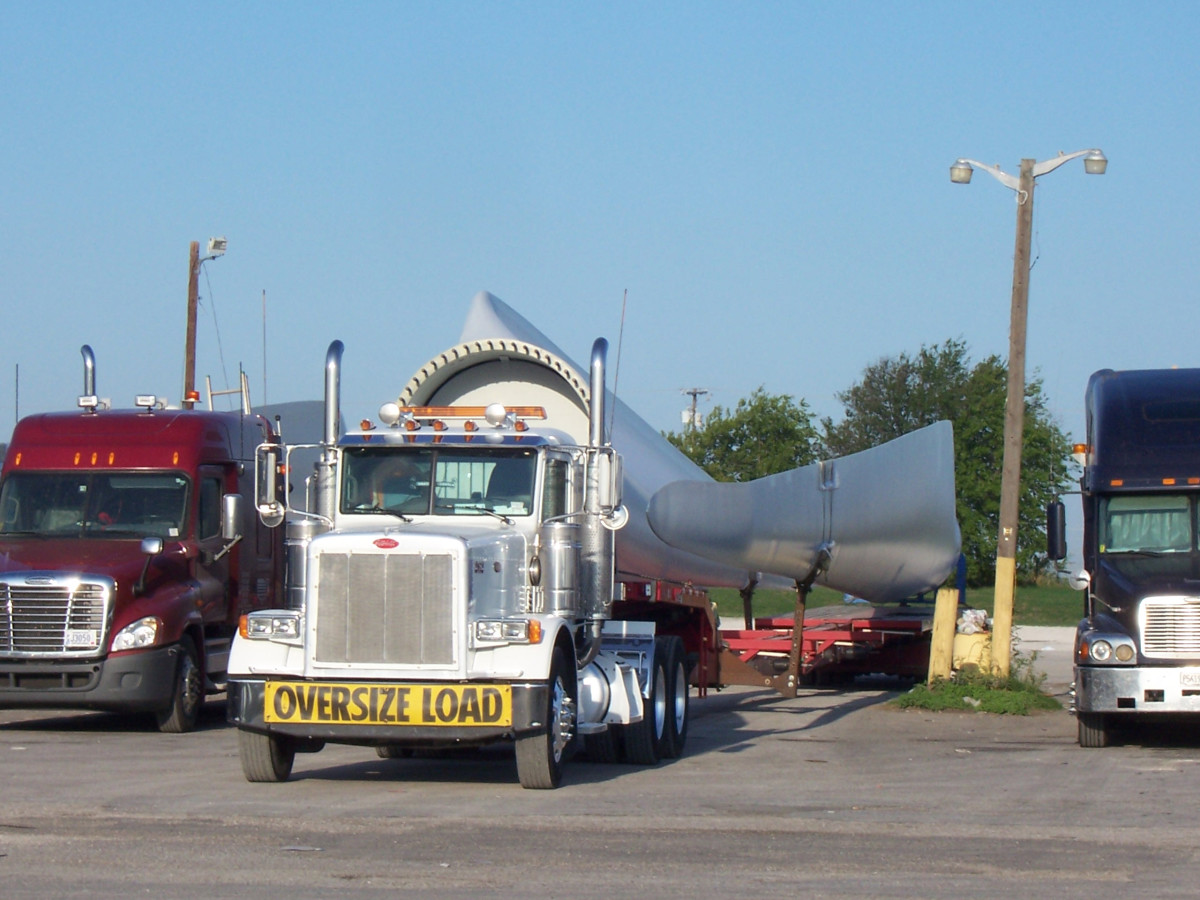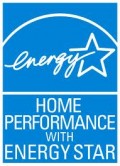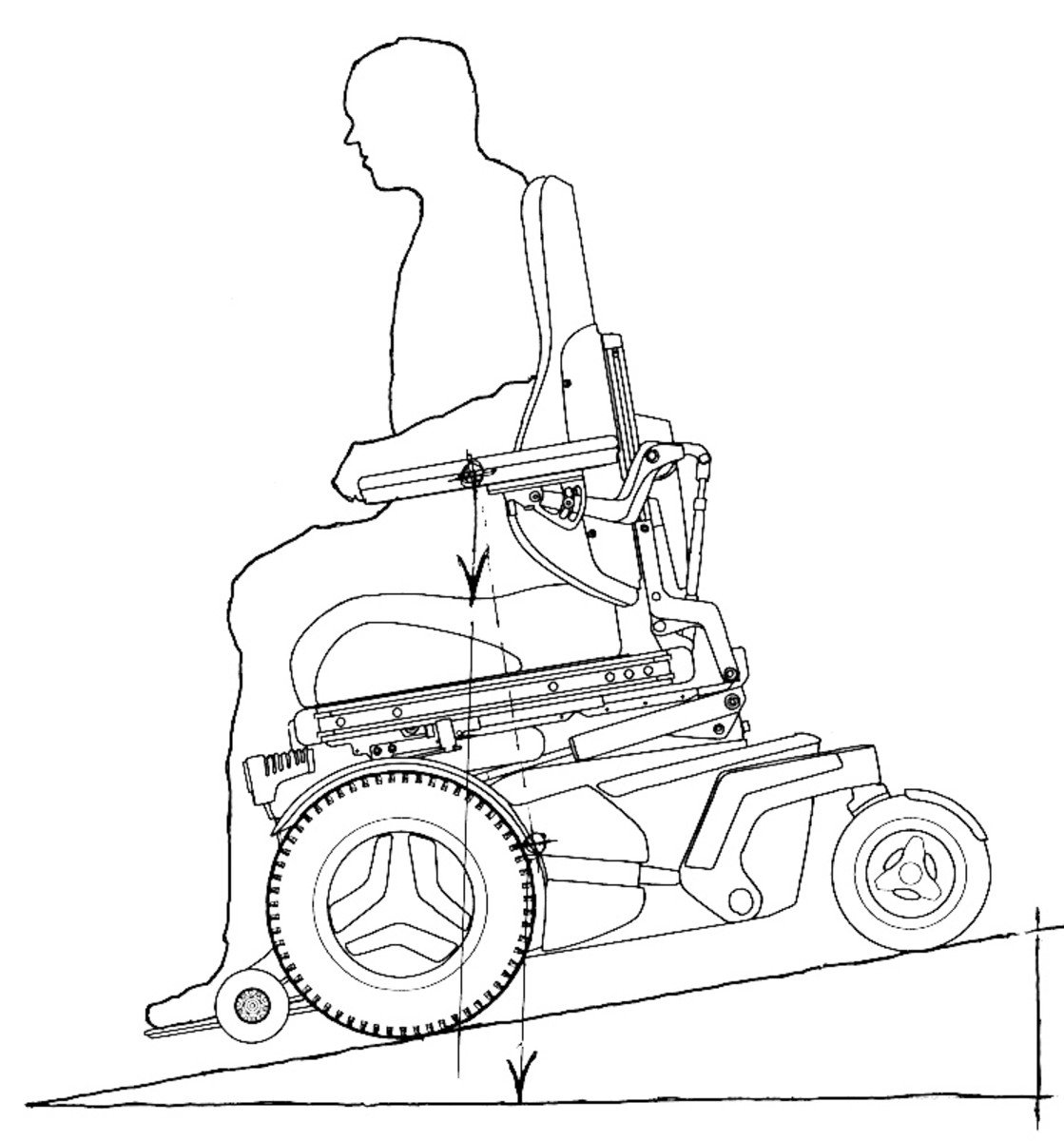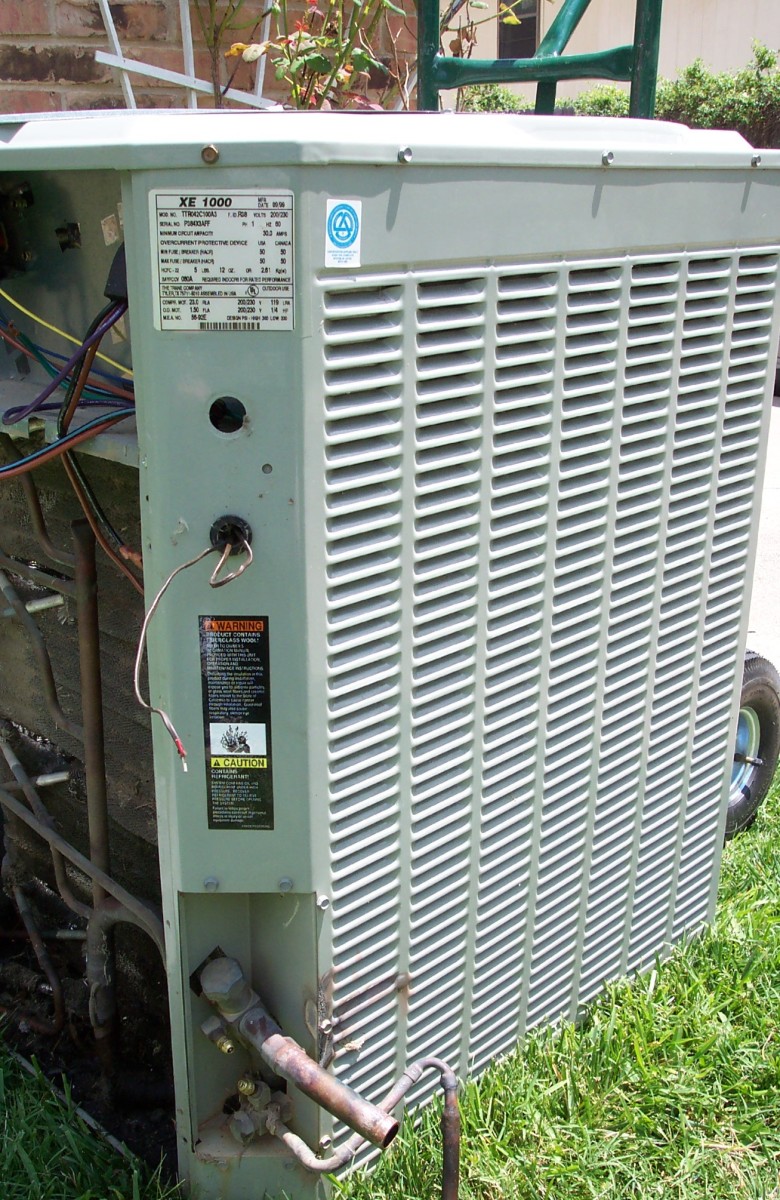What Is a DIN Standard?
DIN standards are issued by Deutsches Institut für Normung or DIN, a German organization like American National Standards Institute (ANSI) International. DIN standards are sent to the European Union and adopted as EN standards. DIN is also a member of the International Standards Organization or ISO.
DIN standards cover many topics from material specifications to tooling dimensions to ergonomics and project management.
DIN Material Standards
For example, DIN EN standard 1561 covers iron alloy casting properties, while materials like this are covered by ASTM standards in the United States. DIN standards also outline methods of testing material properties under different environmental conditions. DIN standard 55248-2 covers the testing of wet fiberboard.
DIN 55545 describes how insulating packaging should be tested. DIN standard 10001 describes the different classifications of pig iron, iron that has been smelted from iron ore but not yet turned into a high quality alloy like carbon steel. DIN 488 applies to reinforcing steel bars.
Tooling and Part Standards
DIN Standard 7413 covers screwdrivers for hexagon insert bits. DIN 7413 references ISO standard 1173. Screw threads are covered by DIN 13-1. Fasteners used to be covered by DIN standard family 267 but are now covered by ISO standards 3506 and ISO 26157. DIN 316 applies to wing bolts while DIN 609 covers hexagon bolts. DIN 988 covers shim rings. DIN standards for parts like this are always given in metric units, while American standards give dimensions in customary units like inches, though they may be given in metric units as well.
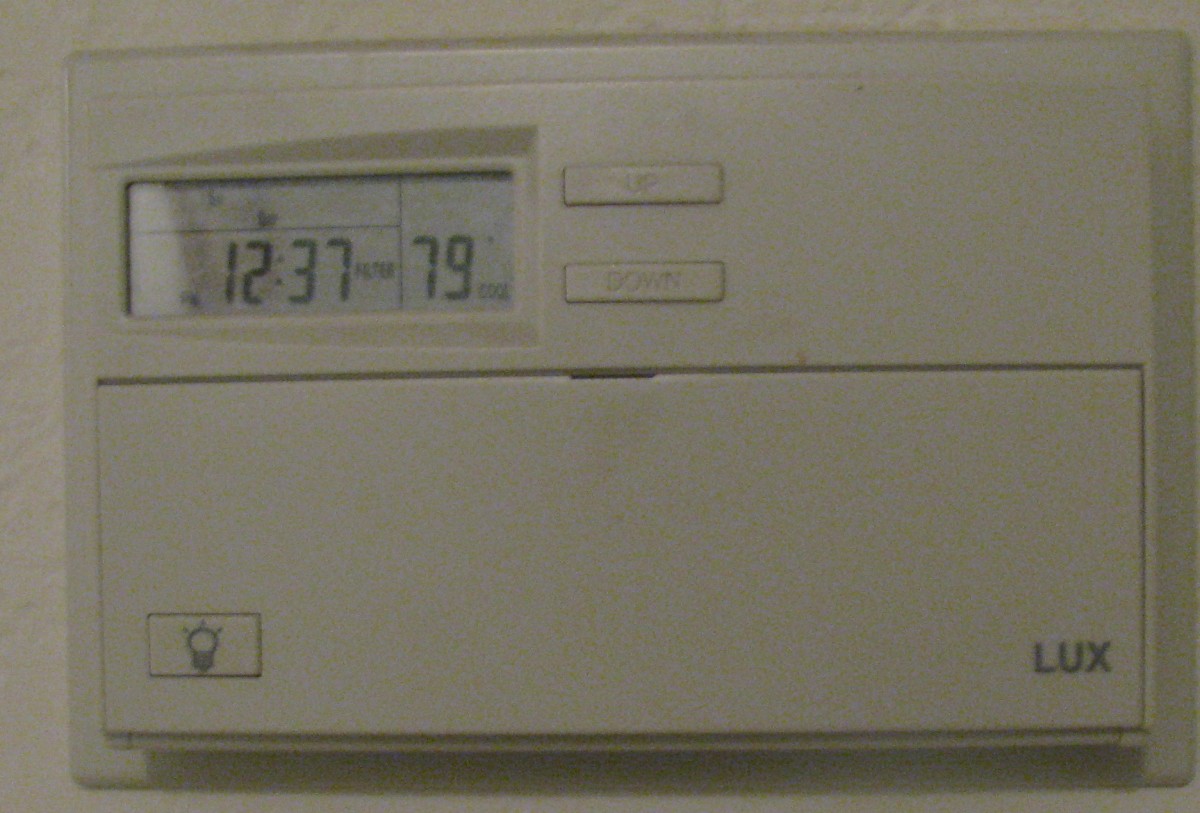
Energy Efficiency
DIN EN 15900 covers the definitions and requirements for energy efficiency services. Energy efficiency standards in the United States are generally set by the federal government but can be made even tighter on a state level, with California being the premier example.
Energy efficiency requirements are also set by industry standards organizations in the U.S. like the American Society of Heating, Refrigeration, and Air-Conditioning Engineers or ASHRAE standard 90.1 for commercial air conditioning equipment or IEEE standard 802.3AZZ for energy efficient internet and Ethernet networks.
Project Management and Product Selection Criteria Standards
DIN standard 16341 covers the selection of defense products and services. DIN standard 276-1 outlines the recommended procedure for determining construction costs. DIN 1325-1 and 1325-2 gives the recommended procedures for performing a functional analysis and value analysis. DIN standard 1960 and 1961 cover construction contract procedures such as determining which group should receive the contract.
DIN 9131 outlines the process for recording non-conformances or defects with aerospace products like airplanes. DIN 9131 is separate from but can be used in conjunction with ISO quality standards ISO 9001.
German Safety and Ergonomics Standards
DIN standard 1005-1 gives the terms and definitions used in other DIN ergonomic standards. DIN standard 13861 gives German recommendations for the ergonomic designs of machinery. DIN 894 covers the ergonomic requirements for industrial displays such as screens on equipment consoles.
DIN 842 covers the requirements and test procedures for visual danger signals like warning lights. DIN 13218 outlines the safety requirements and protective measures that must be built into stationary grinding machines.
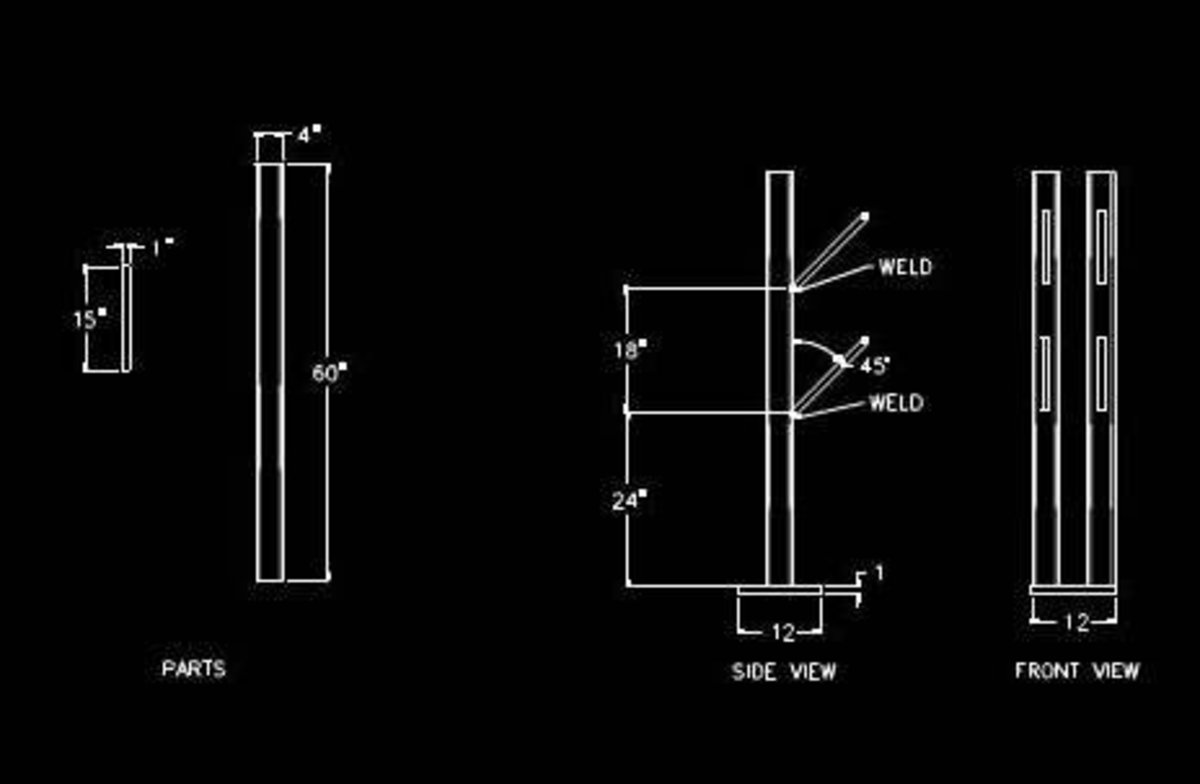
Drawing Standards
Drawing standards in the United States are generally the purview of the ASME. DIN standard 5 used to cover isometric projections on drawings, but this has been replaced by ISO standard 5456. DIN standard 6 used to cover how normal views of drawings would be laid out, but this is now covered by ISO standard 128.
DIN standard 406 still gives the recommended practices for engineering drawings such as how dimensions and tolerances are to be called out. The equivalent American standard, ASME standard Y14.100, gives U.S. engineering drawing practices.



